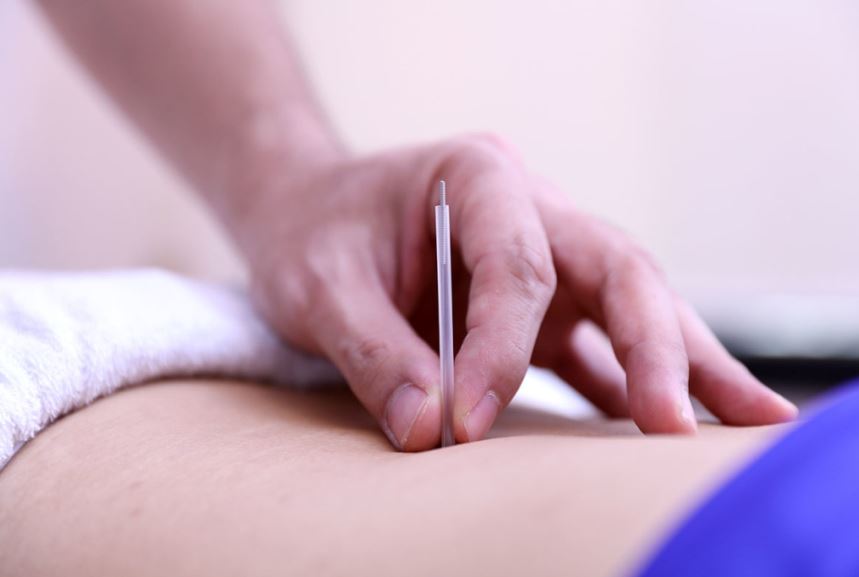20th September 18

Low back pain is a major health problem among Western industrialised countries and a major cause
of medical expenses, absenteeism, and disablement. People with acute low back pain usually
experience improvements in pain and return to work within 1 month and further but smaller
improvements occur up to 3 months after. Following 3 months, pain and disability levels remain
almost constant, and most people will have at least 1 recurrence within 12 months.
There are a lot of interventions which can be used to treat chronic back pain and the effectiveness of
each treatment has been tested widely.
ACUPUNCTURE:
Acupuncture is one of the oldest forms of therapy and has its roots in ancient Chinese philosophy. .
In classic acupuncture theory, it is believed that all disorders are reflected at specific points, either
on the skin surface or just below it. When the needles have been placed successfully, the patient is
supposed to experience a sensation which has been defined as a subjective feeling of fullness,
numbness, tingling, and warmth, with some local soreness and a feeling of distension around the
acupuncture point.
DRY NEEDLING:
Dry-needling is a technique that uses needles to treat myofascial pain in any body part, specifically in
the low back region. Dry needling involves the insertion of a needle in specific trigger points within
the tissue and removed when the trigger point has been inactivated.
IMS:
IMS stands for intra-muscular stimulation and is a specific form of dry needling. It targets specific
regions of the body experiencing chronic or acute pain caused by nerve irritation. It improves pain
control, reduces muscle tension, and normalises dysfunctions of the motor end plates (the sites at
which nerve impulses are transmitted to muscles). This form of treatment has been shown to be
effective for sciatica, slipped disc, facet joint syndrome and headaches.
What does research show?
A study carried out in 2005 (1) concluded that there is evidence of pain relief and functional
improvement of chronic low back pain with the use of acupuncture compared with no treatment or
sham therapy. There was evidence that acupuncture in conjunction with other conventional
therapies (massage, heat or ice), relieves pain and improves function better than the conventional
therapies alone.
However, a 2002 (2) study for chronic low back pain found that deep stimulation (1.5 cm in the muscle
or in the trigger point) is better at relieving pain than superficial stimulation (2 mm in the
subcutaneous tissue) immediately after the sessions and at the second session follow-up. This shows
that IMS may be more direct and effective for the treatment of chronic low back pain.
Intra-muscular stimulation releases the tightness of the muscles in the lower back, allowing for
correct movement to occur. In turn, this relieves the pressure put through the joints which results in
decreased pain. Weekly sessions over a 4-week period, will produce lasting pain relief alongside
exercises prescribed.
Visit our Facebook page for our phase 1 and phase 2 low back pain protocols
for strengthening and developing back muscles.
(1) Furlan, A. D., Van Tulder, M. W., Cherkin, D., Tsukayama, H., Lao, L., Koes, B. W., &
Berman, B. M. (2005). Acupuncture and dry‐needling for low back pain. Cochrane Database
of Systematic Reviews, (1).
(2) Ceccherelli, F., Rigoni, M. T., Gagliardi, G., & Ruzzante, L. (2002). Comparison of superficial
and deep acupuncture in the treatment of lumbar myofascial pain: a double-blind randomized
controlled study. The Clinical journal of pain, 18(3), 149-15

